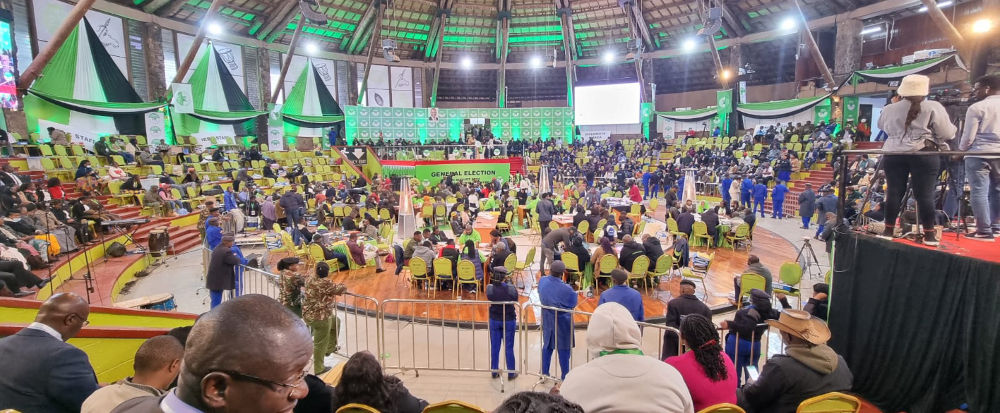This report presents a summary of the key findings of KICTANet’s election observation mission during Kenya’s general election held on August 9, 2022. During the election, the Independent Electoral and Boundaries Commission (IEBC) cleared 16,098 candidates to compete for six main elective positions across the country’s 291 constituencies in 47 counties. KICTANet observed elections in various polling stations in 21 counties, focusing on technology aspects.
Download the report here : KICTANet Tech Election Observer report
Several encouraging and progressive steps were noted in the use of technology by the IEBC, and by the public. In the polling stations observed, there were adequate Kenya Integrated Election Management System (KIEMS) kits supplied, with clerks fairly competent in their use, and technical support personnel available to remedy challenges. Further, a majority of the voters were identified biometrically, and a minority through an alphanumeric search. In addition, most of the presidential results forms (34A) were transmitted electronically and are accessible in the IEBC public portal.
Nonetheless, several challenges related to election technology were noted. These included poor internet network coverage, staff capacity gaps in handling KIEMS kits, late training of election clerks, failure of some KIEMS devices, delays in result transmission, and non-identification of voters biometrically using KIEMS, among others. In the aftermath of the elections, misinformation and disinformation on social media that was widespread before the election continued, and largely focused on the results of the election. This could have partly been due to the fact that the IEBC portal did not display any text results or statistics, and only had results for the presidential election, leaving out the results of the other 16,094 candidates who vied for the other five elective positions. Moreover, allegations of hacking of IEBC servers were made, which the Commission denied.
From the 2022 general election, it is clear that there is still great potential to leverage on technology to enhance the simplicity, efficiency, accuracy, verifiability, transparency, accountability, security, and integrity of the entire electoral process as required under the law. However, there is still great suspicion, fear, and concern over the susceptibility of election technology to manipulation, which means obstacles will need to be overcome in order to build trust and confidence levels in election technology use. Ultimately, the success of any election technology will depend on the choice of technology, the preparation prior to its deployment, and the execution during an election.
IEBC could benefit from greater engagement and collaboration with stakeholders, especially within the technology sector, to encourage innovation in electoral technologies and to explore an end-to-end digital election in the future. In the meantime, aspects such as the inclusion of a text tally in the KIEMS kit could be useful in verifying the results in the scanned forms. The KIEMS should also be configured to scan and transmit all the result forms (both form and text) for all the elective positions. In addition, the results and statistics, such as on turnout, from the KIEMS kit for all polling stations should also be displayed on the public portal in simple, open, and interactive formats to enable all voters and election stakeholders to access the election information.
Furthermore, the success of technology is hinged on comprehensive training provided to election staff, early preparation and deployment, and simplified software interfaces for KIEMS devices and other technologies adopted. Moreover, public communication, voter education and awareness programmes and responses to misinformation and disinformation on elections by the IEBC should be regular, consistent, proactive, and comprehensive. Finally, beyond technology, the IEBC will need to do more to address its perceived integrity deficit, redeem its impugned reputation, and build public trust and confidence in its capacity to conduct free, fair, and credible elections, powered by technology.
Read the full report here.
This is a series on our work about the 2022 Kenya Election. KICTANet has deployed 90 election tech observers covering 21 counties in Kenya.
![]()




